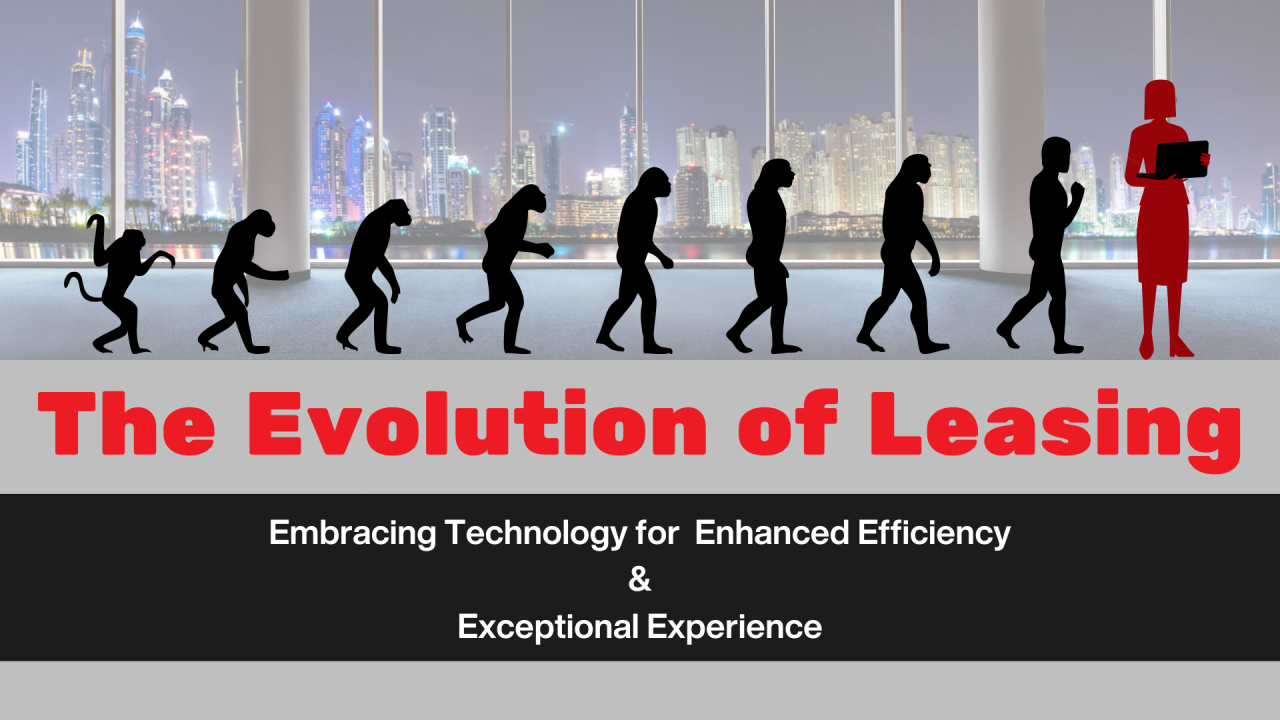
Evolution of Leasing: Embracing Technology for Enhanced Efficiency and Exceptional Experience

Reflecting on the past: A tale of manual labor in a pre-digital era
In the not-so-distant past, the world of multifamily was a vastly different landscape. Imagine a time when leasing agents operated without the assistance of GPS, Google Maps, or the convenience of clickable links on websites. Who remembers the days of advertising on Craigslist? This once-dominant platform served as a primary listing space for many communities when listings were buried among countless others, and the challenge was to stand out in a sea of text. Remember picking up the Apartment Guidebook from the grocery store to read about your comps? It was a great deal if your community was advertised on the front page or centerfold!
Then, the process for tracking leads was painstakingly manual, often involving index cards sorted by date, with follow-up notes meticulously written and organized. This method, though archaic by today’s standards, required a level of diligence and attention to detail that is hard to fathom in our current digital age.
Agents were also expected to be human GPS systems, that is, possess an intimate knowledge of their neighborhoods and street names to provide accurate driving directions. This requirement was essential for guiding prospective renters to property locations. Thank-you notes and cards were handwritten, adding a personal touch that is rare in today’s fast-paced, digital world. Never forgetting to use snail mail to get those delivered!
The commitment to a successful interaction was significant (you could even say necessary). Every potential lease represented a culmination of numerous steps and efforts. Property managers usually began each day by printing the unit availability report, manually noting special pricing and concessions. Quotes for rentals were calculated by hand and written directly on brochures or floor plan printouts. This ritual heralded a day filled with face-to-face interactions where manual hard work, attention to detail, and a relentless focus on personal connection were the norm.
The digital revolution: A new era of efficiency and automation
Fast forward to the present, and the landscape of multifamily leasing has undergone a seismic shift thanks to technology. Modern leasing teams are equipped with a wide array of digital tools that have revolutionized the industry. Property management software emerged and became increasingly robust. This tool was backed up by customer relationship management (CRM) systems that further streamlined processes, a far cry from the index card system of yesteryear.
The evolution doesn’t stop there. The ubiquitous use of digital communication tools like texts, emails, and auto-replies has added layers of efficiency and become a standard performance metric previously unimaginable. Virtual tours, complete with 3D renderings and interactive features, expanded the reach of communities to a broader audience without these prospects ever stepping foot on-site, transcending geographical limitations.
Pricing strategies have also seen a technological overhaul, mostly managed now through optimization systems that adjust in real time based on leasing transactions. Apartments can be reserved from a live inventory online, a feature that would have been unthinkable in the past.
Moreover, the role of advertising and exposure has expanded beyond the community’s website. Social media outlets now play a crucial role in attracting potential renters.
Given the extent of our recent reliance on digital aid, a curious mind could ask, “How did leasing teams then manage such demanding tasks without today’s technology?” The answer lies in the sheer dedication, spontaneous creativity, and meticulous preparation that defined the leasing profession in this bygone era.
The technological transformation: A boon for leasing teams
Today’s leasing teams are indeed fortunate to have owners financially invest in an arsenal of technological tools. The evolution from manual to digital has been nothing short of revolutionary, which allows teams to focus more on the quality of the leasing experience rather than being bogged down by manual administrative tasks.
The increased efficiency brought about by technology has significantly expanded leasing capacity. Leasing professionals can now manage a larger volume of qualified leads with greater precision, minimizing leasing opportunities slipping through the cracks. The automation of routine tasks has freed up valuable time, allowing teams to focus on enhancing the quality of leasing interactions.
Striking a balance: Technology meets human touch
As much as technology has simplified certain aspects of multifamily leasing, the sector’s core remains unchanged: building relationships and providing exceptional service to meet or even exceed leasing goals. The challenge for today’s leasing teams is to accurately input and manage information and to leverage technology to enhance, not replace, the human elements that are the cornerstone of successful leasing performance. Technology cannot replicate the warmth of a handwritten note or the reassurance of a face-to-face conversation. The human element in leasing is irreplaceable, and the true skill lies in integrating technological efficiency with the value of personal touch.
The Heart of Leasing
As we reflect on the evolution of leasing teams, it’s evident that technology has transformed the industry in unimaginable ways. However, the heart of leasing still beats strong in the personal connections, application of leasing skills and processes, and creation of exceptional leasing experiences. Balancing the efficiency of technology with the warmth of human interaction is the key to success in the ever-evolving world of multifamily leasing.
Geri Bettencourt, MBA | Co-Founder and Executive Vice President